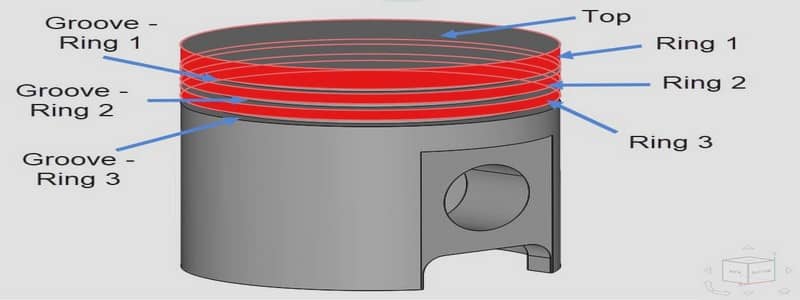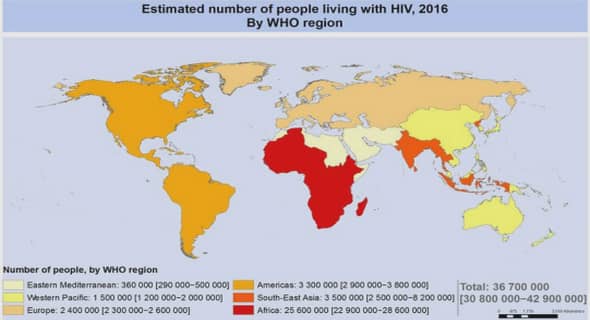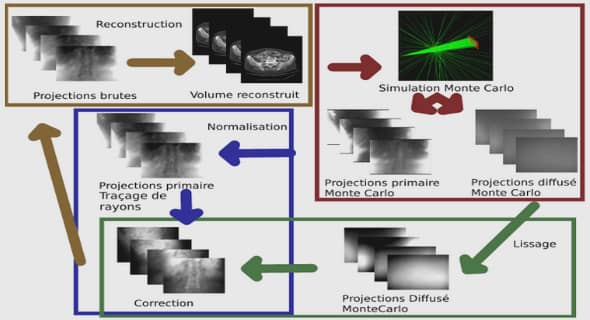PROGRESS OF WORK AND MAIN ACCOMPLISHMENTS
At the University of California, Davis, a study was conducted to develop a numerical model, which can more accurately simulate water transport during evaporation. The developed model will be incorporated into a pesticide fate and transport model. To improve the accuracy of the model, the water vapor diffusion was included in the general equation of water transport. The developed model was verified by the data obtained in column experiments. The experiments were designed to measure water evaporation and diazinon [O,O diethyl O-(2-isopropyl-4-methyl-6-pyrimidinyl) phosphorothioate] volatilization at the same time. Diazinon was incorporated into the surface soil in the column. Two levels of initial water content were used. Wet air and dry N2 was alternately passed across the soil surface. Water evaporation was measured by weighing the column. Dynamic change of soil water content and relative humidity at various depths were measured by a Time Domain Reflectometry (TDR) system and a hygrometer, respectively. The modeling and measured results agree well.The University of California, Riverside, in collaboration with Markus Flury at Washington State University, completed three solute transport studies that are relevant to spatial or temporal scaling. In the first, a theoretical examination was conducted of the relationship between transport observed in field lysimeters and that in the natural environment. It was shown that the artificial lower boundary condition imposed by the lysimeter drainage affects transport compared to the free drainage condition in undisturbed soil. The second study was a bromide transport experiment conducted in 16 undisturbed lysimeters at two flow rates. Significant results were: i) the demonstration that the 1.1 m2 area of the lysimeters was too small to encompass all of the variability of the soil type; 2) the flow was significantly different at the two flow rates, so that it did not scale as a function of net applied water; and 3) a flow and transport model was unsuccessful at reproducing the transport observed.
The third study was a theoretical characterization of residence-time-dependent reactions using a transfer function formulation, which avoids the need for cumbersome numerical calculations. This method provides a convenient framework for analyzing problems in which the transport or reaction characteristics depend not on elapsed time but rather time spent in the system.At the University of Wyoming, geostatistical methods, kriging and cokriging, were applied to estimate sodium adsorption ratio (SAR) in a 3375 ha agricultural field. In cokriging, more easily measured data of electrical conductivity (EC) were incorporated to improve the estimation of SAR. The estimated spatial distributions of SAR using the geostatistical methods with various reduced data sets were compared with the extensive salinity measurements in the large field. The results suggest that sampling cost can be dramatically reduced and estimation can be significantly improved using cokriging. Compared with the kriging results using total SAR data, cokriging with reduced data sets of SAR improves the estimations greatly by reducing mean squared error and kriging variance up to 70% and increasing correlation of estimates and measurements about 60%. The sampling costs for SAR estimation can be reduced approximately by 80% using extensive EC data together with a small portion of SAR data in cokriging.
Washington State University, in collaboration with the University of California, Riverside, investigated the effects of travel or residence-time dependent reaction rate coefficients on solute transport. A theoretical approach was developed to describe transport with residence-time-dependent sink/source reaction coefficients. The solution to the transport problem with an arbitrary functional form for the reaction term is expressed in terms of the solution to the non-reactive transport problem. The solution is therefore independent of the nature of the transport process, and independent of any specific representation of the reaction coefficients.Numerical simulations were used to compare solute transport in field soils and in lysimeters. Simulations were carried out in homogeneous sandy and loamy soils under steady-state, unsaturated water flow conditions. Water flow was described by the Richards’ equation and solute transport by the advection-dispersion equation. The effect of linear and nonlinear, and instantaneous and kinetic sorption was investigated. The results showed that for a conservative solute the differences between field soil and lysimeter increase as the coarseness of the soil increases. Decreasing water flux increases the difference between field soil and lysimeter. For solutes subject to linear equilibrium sorption, the sorption mechanism compensates the effects of the lower boundary condition.


